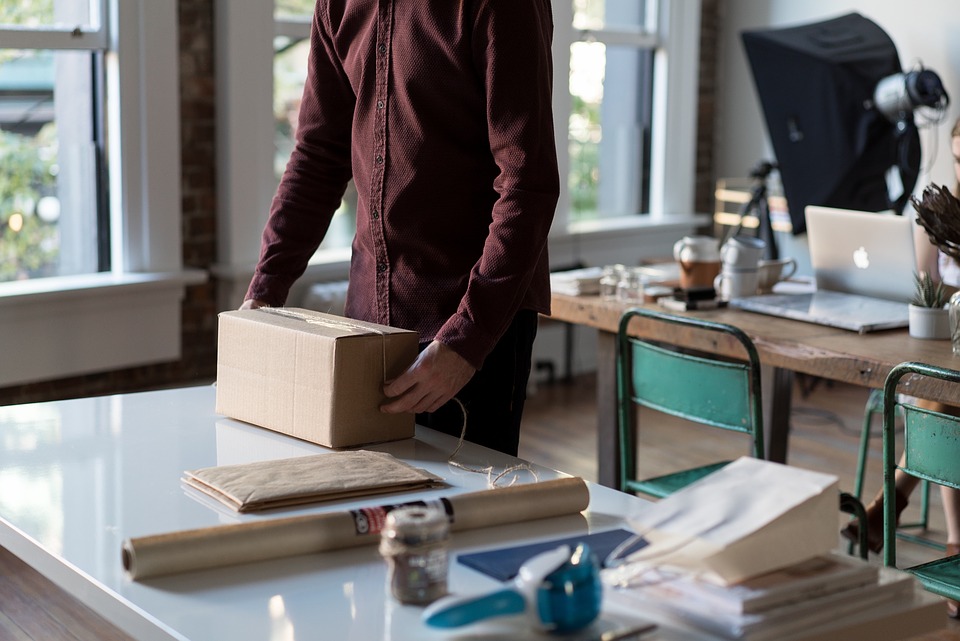Everything You Need to Know About Boxes for Your Business
 Smart managers know that success goes to those who pay attention to the little things. Boxes may seem simple, but there are actually a lot of different types and plenty of variables that need to be considered. Most businesses go through a lot of boxes when they ship their products, so taking the time to optimize that aspect of the business can actually lead to major benefits. It does take some effort to get it right, but most managers will discover that it is worth investing some effort because the rewards can be so meaningful.
Smart managers know that success goes to those who pay attention to the little things. Boxes may seem simple, but there are actually a lot of different types and plenty of variables that need to be considered. Most businesses go through a lot of boxes when they ship their products, so taking the time to optimize that aspect of the business can actually lead to major benefits. It does take some effort to get it right, but most managers will discover that it is worth investing some effort because the rewards can be so meaningful.
Understand the Materials
Most boxes are made of cardboard. While they all look superficially similar, there are quite a few different types of cardboard to choose from. They vary in their strength, weight, and appearance, so the types are all suitable for different uses.
Corrugated fiberboard is the type that most people associate with shipping boxes. It is a dull brown color, and made up of several layers. People use them because they have plenty of advantages. They are fairly cheap, durable enough for most purposes, and very easy to recycle. Plenty of sizes and strengths are available, so you can find one that will ship most products. The downside is the appearance, since these boxes tend to look cheap and bland. Use them for roles where the appearance of the box doesn’t matter, such as bulk shipping and storage.
Thin paperboard is another common option. There are a lot of different types, but they tend to be thin, light, and very strong for their weight. Different colors are widely available, so it’s easy to customize these boxes to display a specific logo or other information. Use these for displays and other contexts where the boxes need to look as good as possible.
Consider Designs
When choosing a box, you need to consider both the size and the shape. Picking the size of the box is usually fairly easy. Your minimum size is equal to that of whatever you are shipping, plus the size of any bubble wrap or other cushioning that is required. In most cases, you will want to avoid leaving excess space. Shipping by volume is often the cheapest option, and wasted space adds to the cost. On the other hand, you do need to consider the possibility that packing several items in one box to be split up later could save money. That will depend on the product being shipped, and figuring it out is vital for minimizing the cost of transportation.
The shape of the box can be slightly harder to decide, or absolutely trivial, depending on the box’s role. Most shipping boxes are rectangles, and that is almost always the best option. Display boxes are more complicated. The shape can play a role in marketing, such as using heart-shaped boxes for romantic gifts. If the product is being sold for a specific event, choose a shape that represents that event. If not, choose one that displays the product nicely and forms a neat border for any designs that are getting printed on the box.
Graphics
You will normally want some sort of graphic on your boxes. At the most basic level, that could be your logo, phone number, or other marketing information. More complicated designs and decorations can lend visual appeal to a box that is intended for display and help to make it stand out from the competition. The packaging is one of the first things that a potential customer will see, so it can have a big impact on their purchasing decisions.
The cost of packaging will usually go down if you buy a lot of identical boxes at once, so you should take the time to get the design right so that you can safely buy in bulk. In most cases, you want your design to be simple, distinctive, and memorable. Focus on using clear shapes that your customers will remember and associate with your business. If you are adding decorations, try to tailor them to match holidays or other cultural associations. This is a tricky thing to do, and many people will want help from a designer to get it right, but it can change a box from being a simple storage unit to being a valuable part of the product.

















